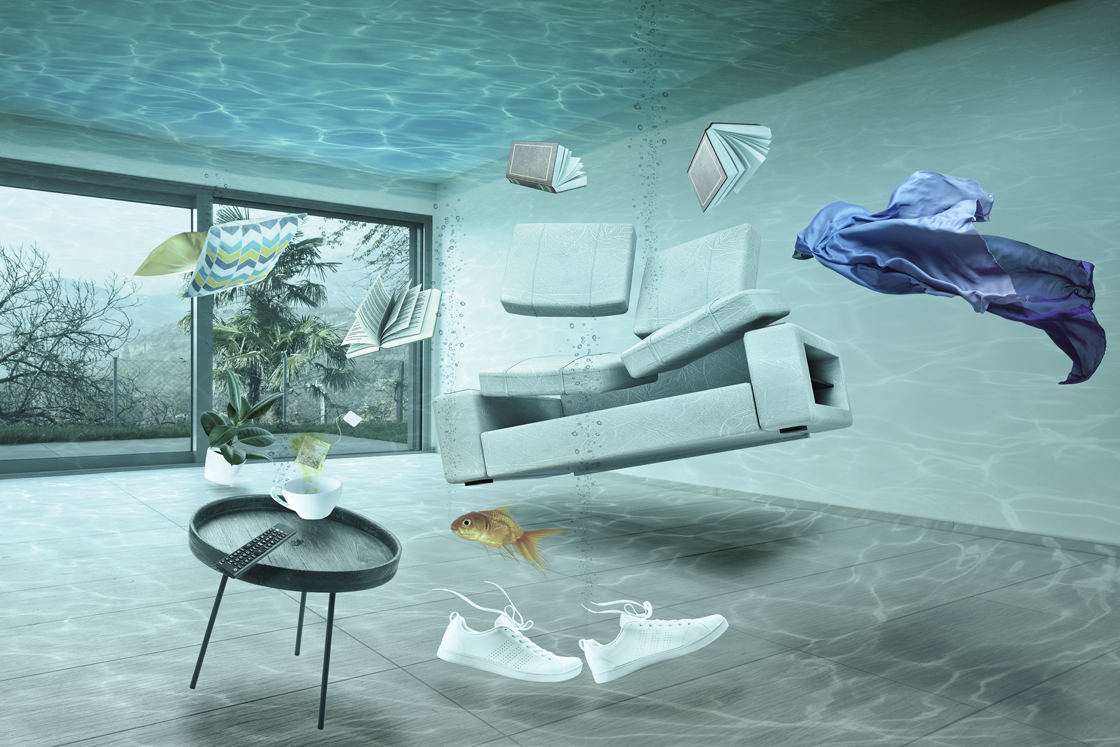How to Inspect If Your Residence Has a Concealed Leakage
How to Inspect If Your Residence Has a Concealed Leakage
Blog Article
The author is making a few great observations on Finding hidden leaks as a whole in this great article below.

Early discovery of dripping water lines can mitigate a potential calamity. Apart from conserving you cash, it will certainly minimize the worry as well as disappointment. The moment you locate a leakage, calling your plumber for repair services is the best service. Nonetheless, some tiny water leakages might not show up. If you can not spot it with your naked eyes, below are some hacks that aid.
1. Take A Look At the Water Meter
Every home has a water meter. Examining it is a proven way that helps you uncover leaks. For beginners, shut off all the water sources. Guarantee no person will certainly flush, use the faucet, shower, run the cleaning maker or dish washer. From there, go to the meter and also watch if it will certainly change. Since no one is using it, there should be no movements. That indicates a fast-moving leak if it moves. Furthermore, if you spot no changes, wait an hour or 2 and inspect back again. This means you may have a slow leakage that might also be underground.
2. Inspect Water Usage
Evaluate your water expenses and track your water consumption. As the one paying it, you ought to discover if there are any inconsistencies. If you identify sudden changes, in spite of your consumption coinciding, it indicates that you have leakages in your plumbing system. Keep in mind, your water bill should drop under the very same variety each month. A sudden spike in your bill shows a fast-moving leakage.
At the same time, a constant rise each month, despite the same behaviors, reveals you have a slow-moving leakage that's also slowly intensifying. Call a plumber to completely examine your residential property, particularly if you feel a warm area on your floor with piping underneath.
3. Do a Food Coloring Examination
30% comes from toilets when it comes to water consumption. Examination to see if they are running correctly. Decrease specks of food shade in the container and also wait 10 mins. There's a leakage in between the tank and also bowl if the shade in some way infiltrates your dish during that time without flushing.
4. Asses Outside Lines
Don't neglect to examine your outdoor water lines too. Must water permeate out of the connection, you have a loose rubber gasket. One little leak can squander bunches of water and spike your water bill.
5. Evaluate the circumstance as well as evaluate
Property owners ought to make it a practice to examine under the sink counters and also even inside cupboards for any kind of bad odor or mold growth. These two red flags indicate a leak so timely interest is needed. Doing routine inspections, also bi-annually, can conserve you from a major issue.
Examine for stainings and also damaging as most pipes and devices have a life span. If you think leaking water lines in your plumbing system, do not wait for it to intensify.
Early detection of leaking water lines can minimize a potential disaster. Some tiny water leaks might not be visible. Inspecting it is a guaranteed way that helps you find leakages. One small leak can squander loads of water and spike your water costs.
If you presume leaking water lines in your plumbing system, do not wait for it to intensify.
WARNING SIGNS OF WATER LEAKAGE BEHIND THE WALL
PERSISTENT MUSTY ODORS
As water slowly drips from a leaky pipe inside the wall, flooring and sheetrock stay damp and develop an odor similar to wet cardboard. It generates a musty smell that can help you find hidden leaks.
MOLD IN UNUSUAL AREAS
Mold usually grows in wet areas like kitchens, baths and laundry rooms. If you spot the stuff on walls or baseboards in other rooms of the house, it’s a good indicator of undetected water leaks.
STAINS THAT GROW
When mold thrives around a leaky pipe, it sometimes takes hold on the inside surface of the affected wall. A growing stain on otherwise clean sheetrock is often your sign of a hidden plumbing problem.
PEELING OR BUBBLING WALLPAPER / PAINT
This clue is easy to miss in rooms that don’t get much use. When you see wallpaper separating along seams or paint bubbling or flaking off the wall, blame sheetrock that stays wet because of an undetected leak.
BUCKLED CEILINGS AND STAINED FLOORS
If ceilings or floors in bathrooms, kitchens or laundry areas develop structural problems, don’t rule out constant damp inside the walls. Wet sheetrock can affect adjacent framing, flooring and ceilings.
https://www.servicemasterbyzaba.com/blog/how-to-detect-water-leakage-in-walls/

I stumbled upon that post about Finding hidden leaks while doing a search on the internet. Do you know anybody else who is interested in Top leak detection hacks? Please feel free to share it. We enjoy reading our article about Finding hidden leaks.
Report this page